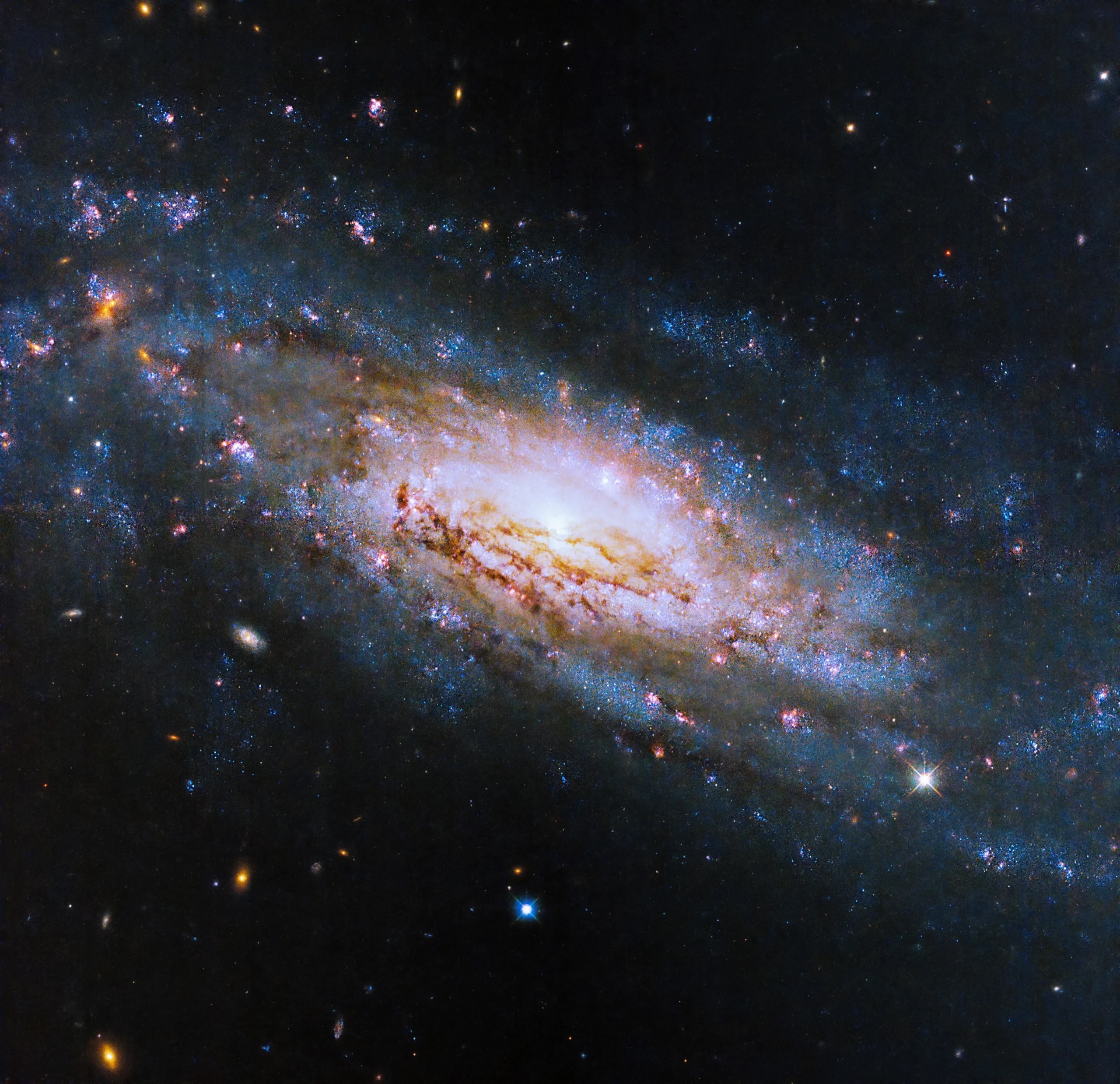Bright, starry spiral arms surround an active galactic center in this new NASA Hubble Space Telescope image of the galaxy NGC 4951.
8.05.2024

Located in the Virgo constellation, NGC 4951 is located roughly 50 million light-years away from Earth. It’s classified as a Seyfert galaxy, which means that it’s an extremely energetic type of galaxy with an active galactic nucleus (AGN). However, Seyfert galaxies are unique from other sorts of AGNs because the galaxy itself can still be clearly seen – different types of AGNs are so bright that it’s nearly impossible to observe the actual galaxy that they reside within.
AGNs like NGC 4951 are powered by supermassive black holes. As matter whirls into the black hole, it generates radiation across the entire electromagnetic spectrum, making the AGN shine brightly.
Hubble helped prove that supermassive black holes exist at the core of almost every galaxy in our universe. Before the telescope launched into low-Earth orbit in 1990, astronomers only theorized about their existence. The mission verified their existence by observing the undeniable effects of black holes, like jets of material ejecting from black holes and disks of gas and dust revolving around those black holes at very high speeds.
These observations of NGC 4951 were taken to provide valuable data for astronomers studying how galaxies evolve, with a particular focus on the star formation process. Hubble gathered this information, which is being combined with observations with the James Webb Space Telescope(JWST) to support a JWST Treasury program. Treasury programs collect observations that focus on the potential to solve multiple scientific problems with a single, coherent dataset and enable a variety of compelling scientific investigations.
Quelle: NASA
